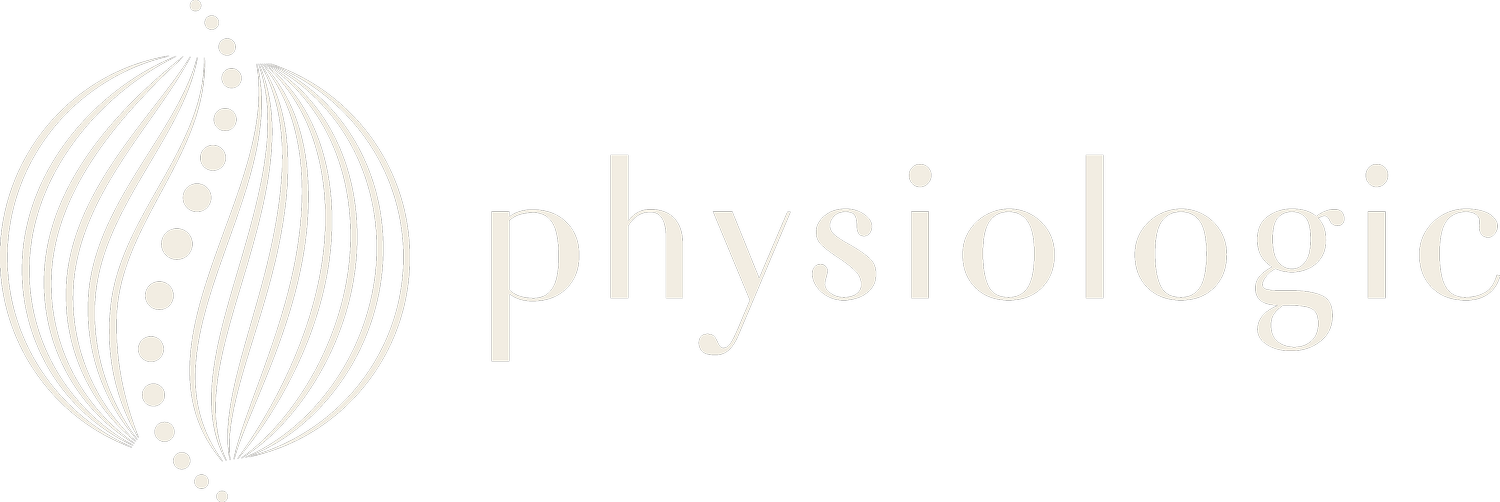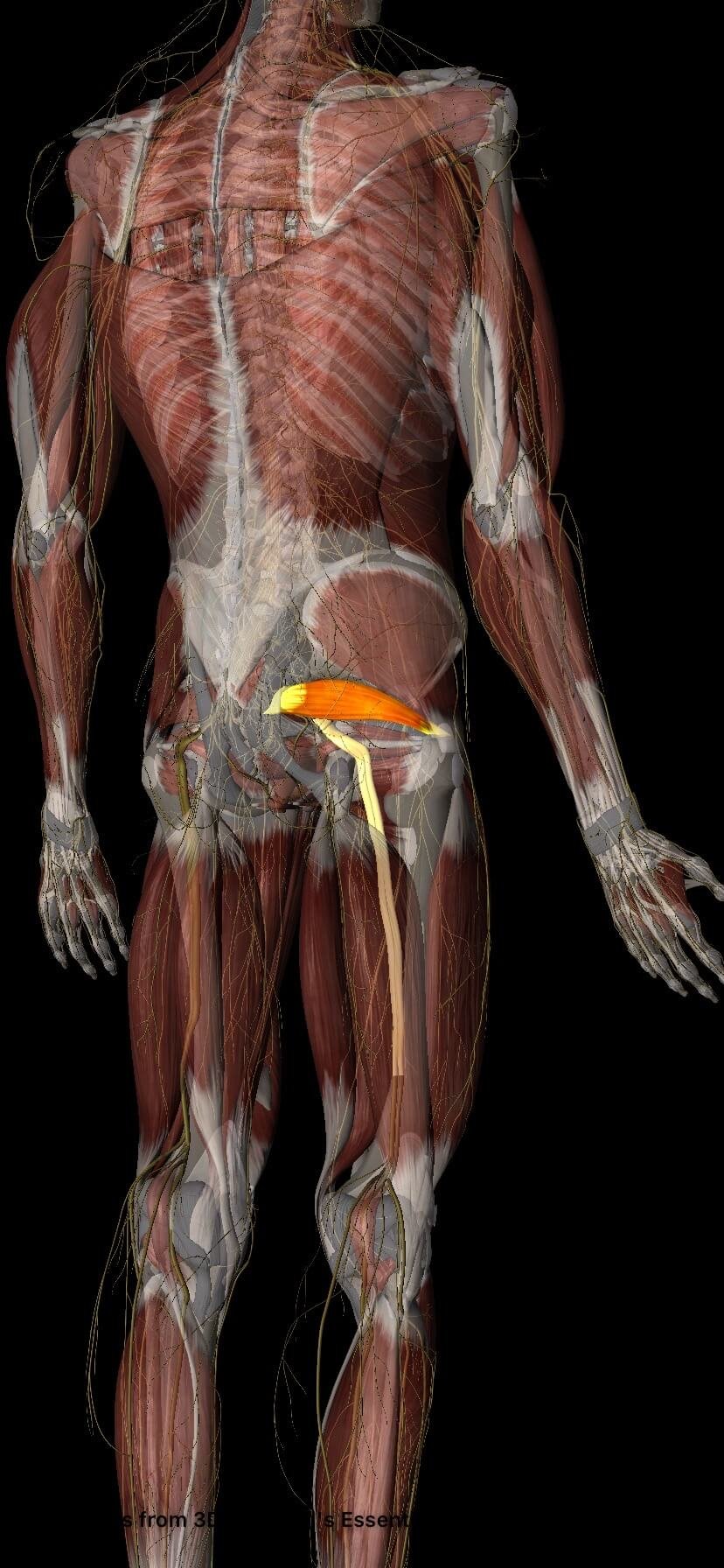NOT ALL SCIATICA IS THE SAME - HERE’S WHY
Many clients seeking physiotherapy treatment suffer from ‘Sciatica’, a commonly known term for pain in the back of the leg, likely originating from the spine.
However, not all ‘sciatica’ is the same, and they don’t all originate from the spine.
We always recommend getting your condition assessed by a health professional, but here’s a general outline of the different types of ‘Sciatica’ there are.
THREE MAIN CAUSES OF ‘SCIATICA’
To keep things simple, we’ll divide the main causes of Sciatica into 3 sections.
Spinal
Somatic Referred (Hip/Leg)
‘Other’
It’s important to be able to differentiate the actual cause of your symptoms, as the specific treatments, exercises and recommendations are likely to be different.
An experienced health professional skilled in assessing spinal conditions will best be able to help diagnose your condition, and provide the best care plan specific for your needs.
We’ll briefly describe each of the 3 causes of sciatica to give you some understanding of what causes your pain.
SPINAL CAUSES
The most common cause of ‘Sciatica’ generally arises from the spine itself. This means that something within your spinal canal is affecting the nerve and surrounding structures which in turn, refers pain down your leg.
The ‘things’ that could affect the nerve include
disc protrusions
excessive bony growth into the spinal canal (Osteophytes)
facet joint degeneration
structural instabilities (Spondylolisthesis)
ligament thickening within the spinal canal
Combination of all of the above.
In green is Vertebrae of L1-5. The Yellow structures represent nerves travelling out of the spine.
In many people, if you get an MRI of your spine, it is most likely that you will have a combination of all of the findings above, however, it doesn’t necessarily mean that those findings are the actual cause of your pain.
It’s important to correlate a thorough physical assessment with the relevant findings on an MRI (if you got one) to help guide the treatment process.
90% of the time, an MRI is not essential, and great outcomes can be achieved with a skilled clinical diagnosis alone.
SOMATIC CAUSES
Somatic causes of ‘sciatica’ leg pain can include muscle ‘tightness’ in the hip or leg, or even body organs that are referring pain down the leg.
A common Somatic cause of sciatica is ‘Piriformis Syndrome’. The theory here is that the Sciatic nerve is being ‘pinched’ as it travels through the piriformis muscle, causing symptoms down the leg.
Having an accurate assessment will be able to differentiate between Spinal and Somatic causes of ‘Sciatica’, guiding the clinician to proceed with the proper treatment for your specific condition.
Highlighted is the Sciatic Nerve as it passes through the Piriformis muscle in the hip, a commonly suspected cause of Somatic Sciatica pain.
OTHER CAUSES
Other causes of Sciatica are much less common, but crucial to be screened for by your clinician.
These can be cancers, tumours, infections, epidural abscesses or even cysts.
Some warning signs that may lead your clinician to suspect other causes include
‘non mechanical’ causes or aggravation of pain
Appetite loss
General feeling of being unwell
Weight loss
Other systemic signs and symptoms
CONCLUSION
This blog is a very brief overview of the different causes of Sciatica, and in reality, each section of causes can be broken down even further!
Meaning, not all sciatica of Spinal origin is the same, and their own individual treatment plans will be different too. This really highlights the importance of having a proper assessment, in order to get you on the correct path of treatment to help you get out of pain, and back to doing the things you love.
If you’ve been dealing with Sciatica for a while now, take the guesswork out of how to fix it. Contact us to get started on the process of recovering your body to how it should be.
ABOUT THE AUTHOR
Ryan Tan is our Clinical Director and Physiotherapist here at Physiologic Hong Kong. He’s had over 10 years of experience as a sports and spinal Physiotherapist. As a post-graduate, he has acquired his Certificate of Spinal Manual Therapy (COSMT), and is also trained in Osteopathic Spinal Manipulations (OMT SM), both advanced courses focussing purely on Spinal conditions, with in depth diagnostic skills. He has extensive experience working in Complex Pain Clinics in London, treating complex spinal conditions that have been through Spinal Surgeries and procedures. Ryan now works closely with Orthopaedic Spinal Specialists to provide collaborative care and expert Physiotherapy treatment to those suffering from back pain, helping them rediscover what a healthy spine should feel like. If you have a complex Spinal injury that hasn’t been able to be resolved, contact us for a no obligation assessment.


